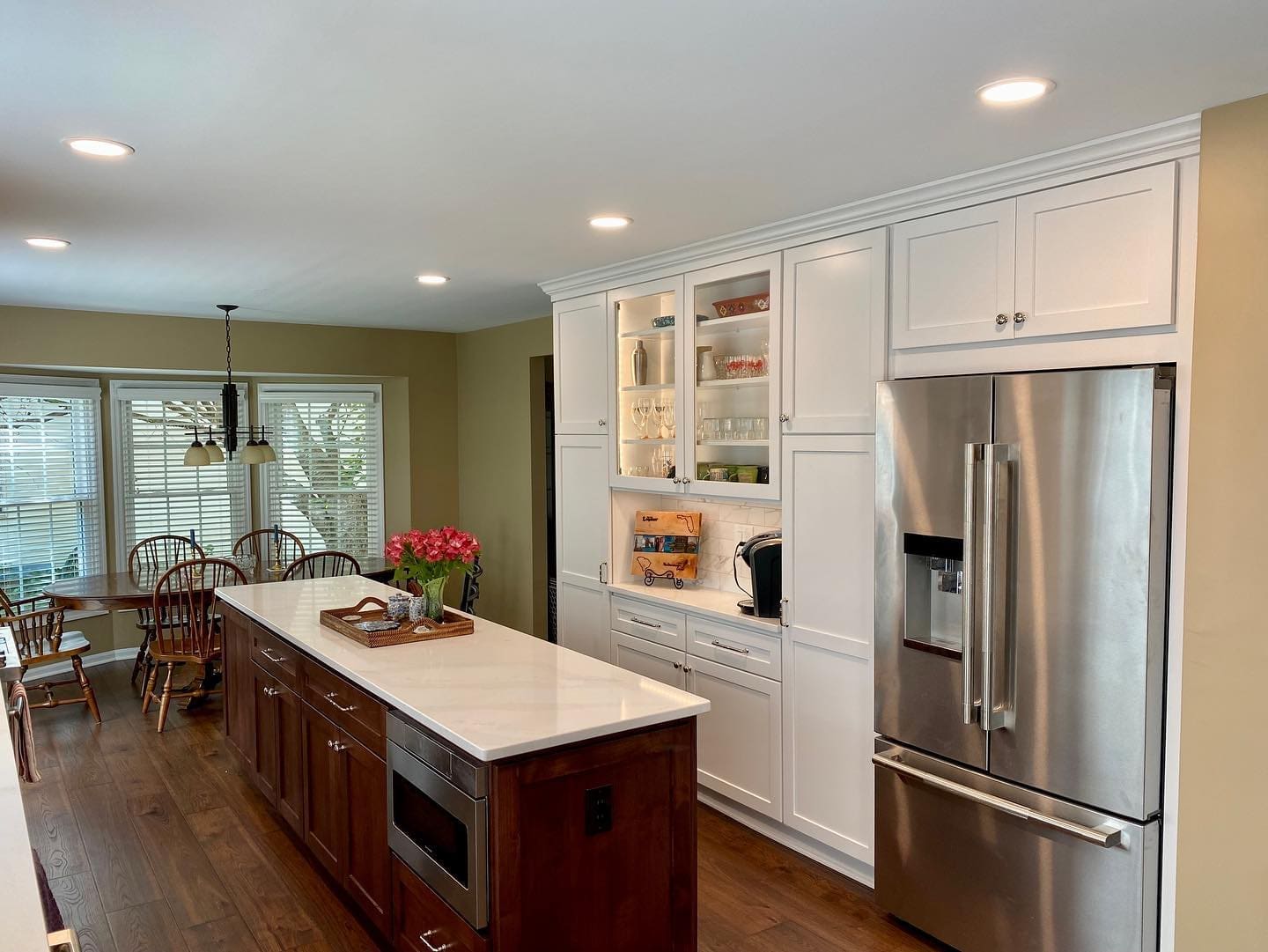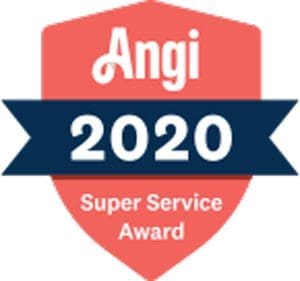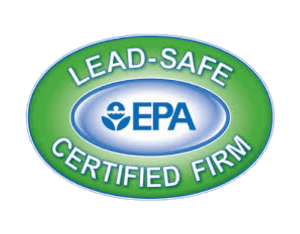Remodeling your kitchen can have a significant impact on your home’s value and the quality of life you enjoy within your home, but doesn’t have to have a big impact on the environment. With today’s innovations in green building and contracting materials, energy efficient appliances and renewable-resource kitchen elements, you can create the kitchen of your dreams without increasing your carbon footprint.
SUSTAINABLE CABINETRY OPTIONS
One of the biggest investments in many kitchen remodels is brand new, custom cabinetry. Opting for custom cabinetry not only allows you a greater level of control and a greater utilization of available space within the cabinets themselves, but also widens your material options. This allows you to choose sustainable wood and products certified by the Forest Stewardship Council, which means responsible foresting practices are used in the harvesting of lumber. These cabinets also feature glues without formaldehydes and low-VOC finishes, so you’re preserving both the greater environment and the air quality within your home.
To go the extra mile with green kitchen cabinetry, look for cabinet boxes built with wheat or straw board. Constructed from agricultural waste, like leftover chaff from wheat crops, these boards are rated to exceed American National Standards Institute guidelines for medium-density particleboard. These durable cabinet boxes created through ecologically-responsible practices generally use binders which are free of formaldehyde, too. To keep your kitchen green long after the remodel, consider the integration of pull-out recycling bins to sort your recyclable refuse.
GO GREEN WITH FLOORING
The flooring surface in a kitchen is important, as it needs to be both durable and attractive. When you’re renovating with a focus on green living, they also need to be made of renewable resources and durable enough to not require frequent upgrades.
Two of the greenest and most popular kitchen floor treatments for eco-friendly households are cork and linoleum. Linoleum is available in a staggering array of colors and patterns, and is constructed of biodegradable, renewable components like cork and linseed oil. It will tolerate high traffic and provides a bit of cushioning, but can be easily stained.
Cork is an on-trend flooring option for eco-friendly kitchens, and is harvested through heavily regulated methods to ensure a steady future supply with a low impact on the environment. Cork is waterproof, which means it’s resistant to the heavy moisture which is common in kitchens and is also slip-resistant due to its slight natural texture.
REDUCING ENERGY USAGE
Kitchen spaces are often the source of heavy electrical an water usage in the home, but this drain on resources can be combated through the use of energy-efficient appliances and lighting. Look for Energy Star products, which are tested to ensure the highest efficiency in their individual product categories.
Dishwashers are notorious for using lots of water and electricity, so opt for models with a quick-wash cycle to reduce run time and air-dry options which use circulation fans in lieu of heating elements to save electricity. When it comes to refrigerators, side-by-side models are trendy, but not as efficient as a model of comparable size configured with the freezer compartment on top.
Instead of installing lighting fixtures with incandescent bulbs, consider using fluorescent and compact fluorescent lamps. They use between fifty and ninety percent less energy, and a single bulb can save up to forty dollars in energy costs over its lifetime over an incandescent model.
A professional and experienced contractor who understands the unique needs of a green kitchen renovation is the best way make sure your project has a high impact on your home, but a low impact on the environment. Working with a Virginia kitchen specialist to ensure an eco-friendly, functional and eye-catching kitchen remodel can add value to your home while helping you do your part to protect the planet for future generations.















